The complete guide on heating without gas and what emergency heating options exist (with and without electricity)
The complete guide to heating without gas is a compilation of the best ways to keep your home warm in the face of gas shortages (with and without electricity).
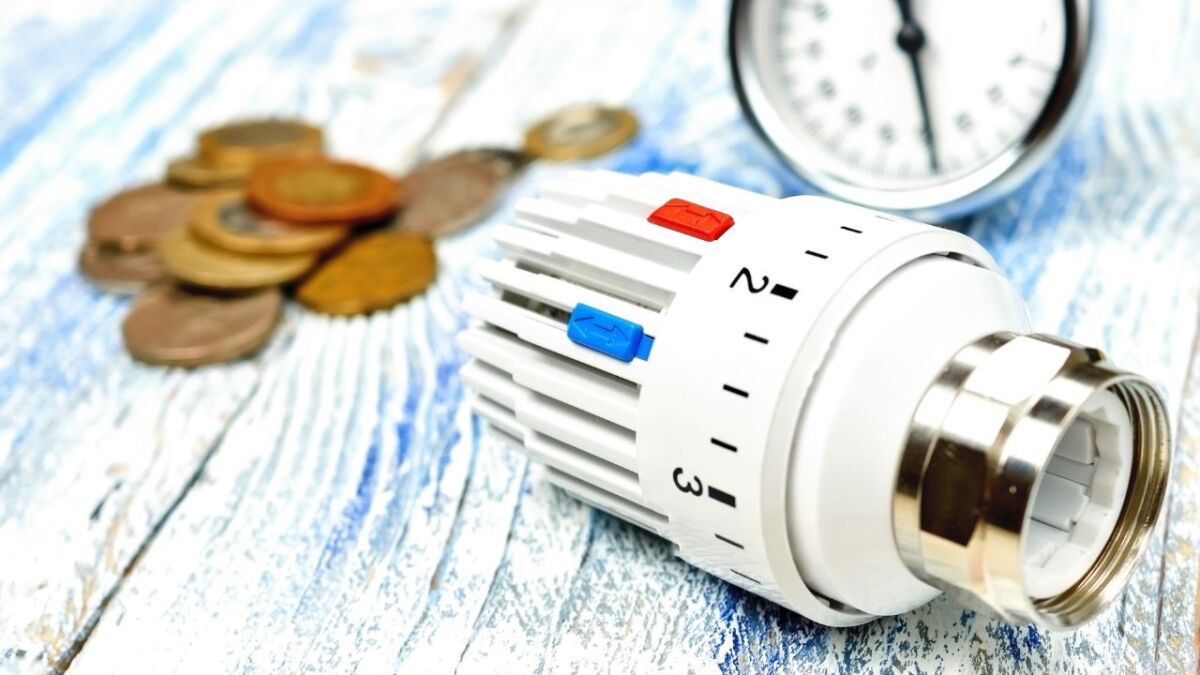

From Martin Gebhardt. Check out my “About me” page.
👉 The key facts from this guide
- You can use various types of heating systems as an alternative to gas heating, including electric heaters, convector heaters, infrared heaters, ceramic heaters, oil radiators, and air conditioners with heating function.
- There are also heating options that do not require electricity, such as kerosene heaters, gas heaters, fireplaces, and coal or wood stoves.
- The cost of operating these heating systems varies widely, depending on the device's performance and the price of the fuel or electricity used.
- It is important to follow the safety instructions for each heating system, especially when using gas heaters and fireplaces.
- The choice of the right heating system depends on your specific needs and circumstances, including the size of your house or apartment and your ability to store or obtain fuel or electricity.
- It is always a good idea to prepare for possible gas crises and explore alternative heating options to stay warm in an emergency.
The increase in gas prices and its scarcity due to the Ukraine conflict have led to more and more people searching for alternative ways to heat their homes.
One option is to heat your apartment with an electric heater, which I will introduce to you.
But are electric heaters worth it, and are there maybe other options that don't require electricity?
The fact is: there are many different options to heat your house or apartment without gas, some more expensive than others.
Fear of a gas crisis
The conflict in Ukraine is still ongoing, and Russia and Europe are currently not the strongest allies.
Therefore, there is a great deal of uncertainty: will the gas reserves be replenished for the next winter? Will Germany - or specifically YOU - be provided with enough gas?
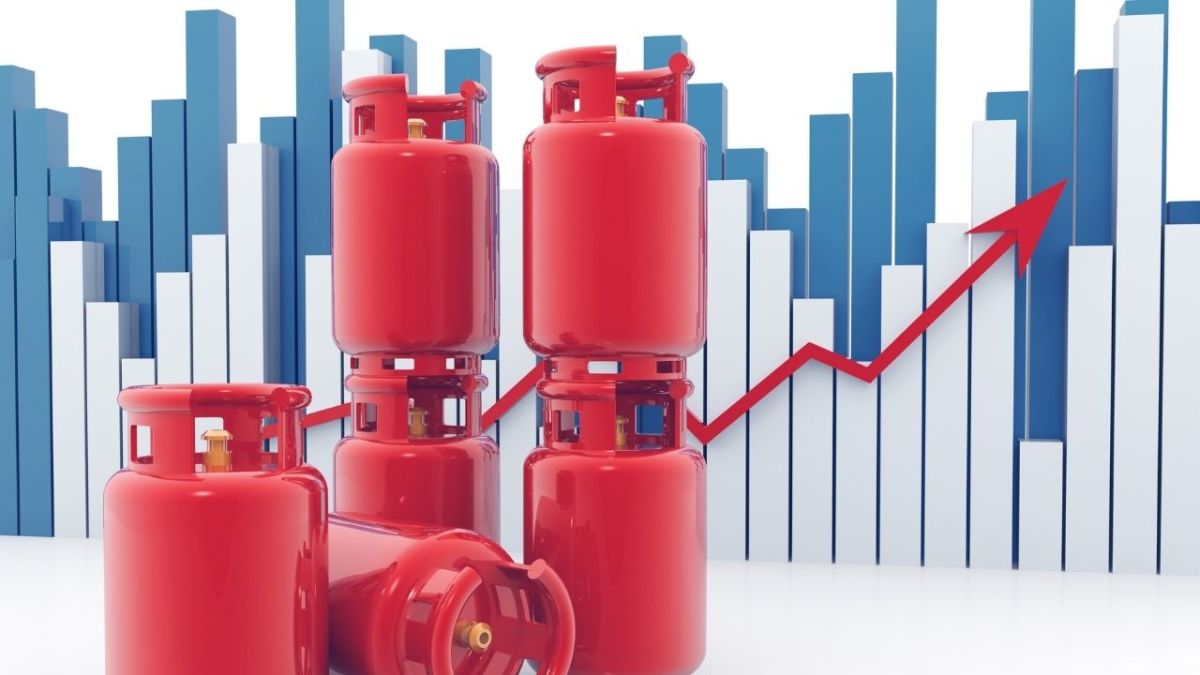
Without gas, not much runs in Germany. The industry is heavily dependent on it and almost 50% of people heat with gas.
And you certainly don't want to sit in a cold apartment in winter, do you?
That's why you're probably here to look for alternative heat sources in case of an acute gas crisis.
But first, let's briefly clarify what a gas heater actually is.
What is a gas heater or gas boiler?
In a gas boiler, gas fuel is burned to heat water, which is then led through pipes to the radiators in your house to heat them up.
Depending on the type of heating or boiler, these pipes are connected directly to your faucets for hot water or through a cylinder.
These gas heaters can be operated with natural gas or liquified petroleum gas, which they obtain from underground pipelines, large gas storage tanks, or regularly refillable reusable bottles.
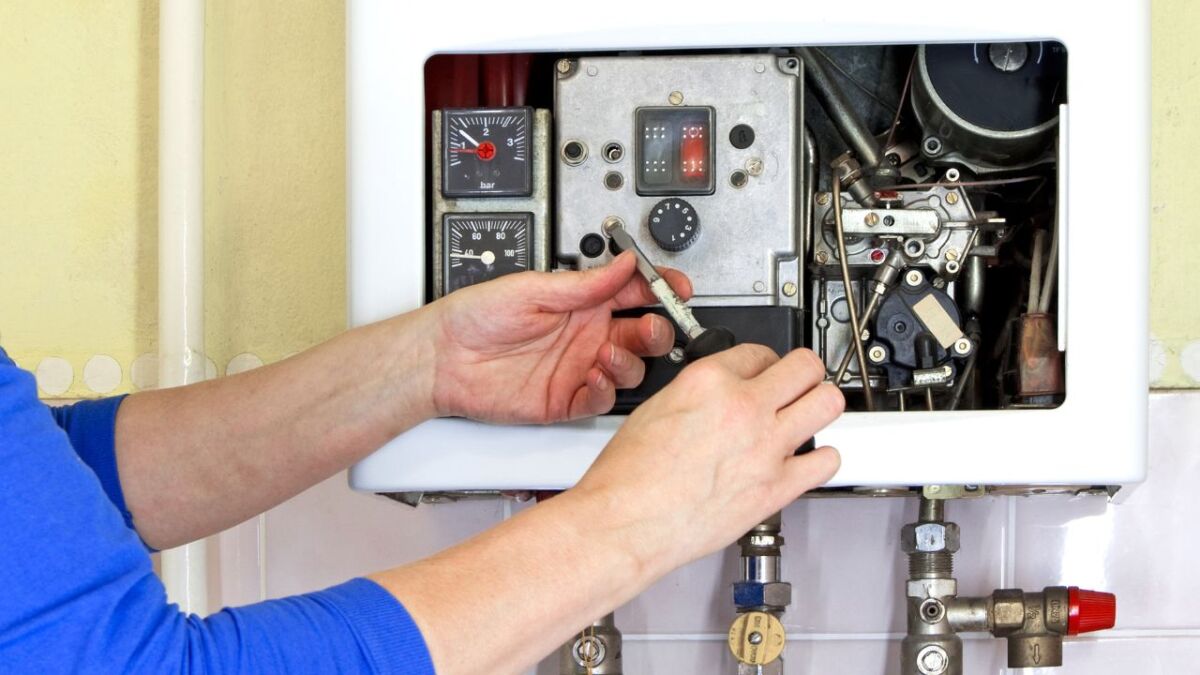
Alternatives to heating with gas
The first thing many people think of to heat without gas are space heaters. But convection heaters and oil radiators are another option.
The demand for fireplaces and stoves has increased, indicating that people are worried about the cold season.
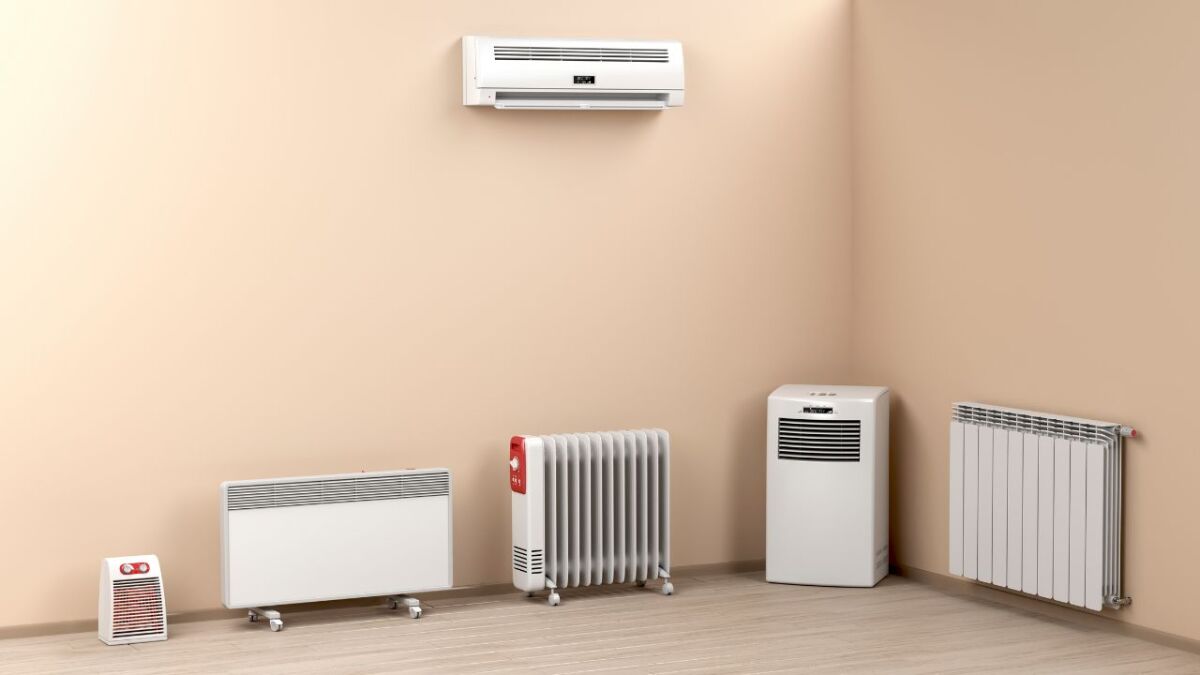
Now you may be wondering which system would be suitable for you to stay warm in winter.
First, an overview of various heating systems.
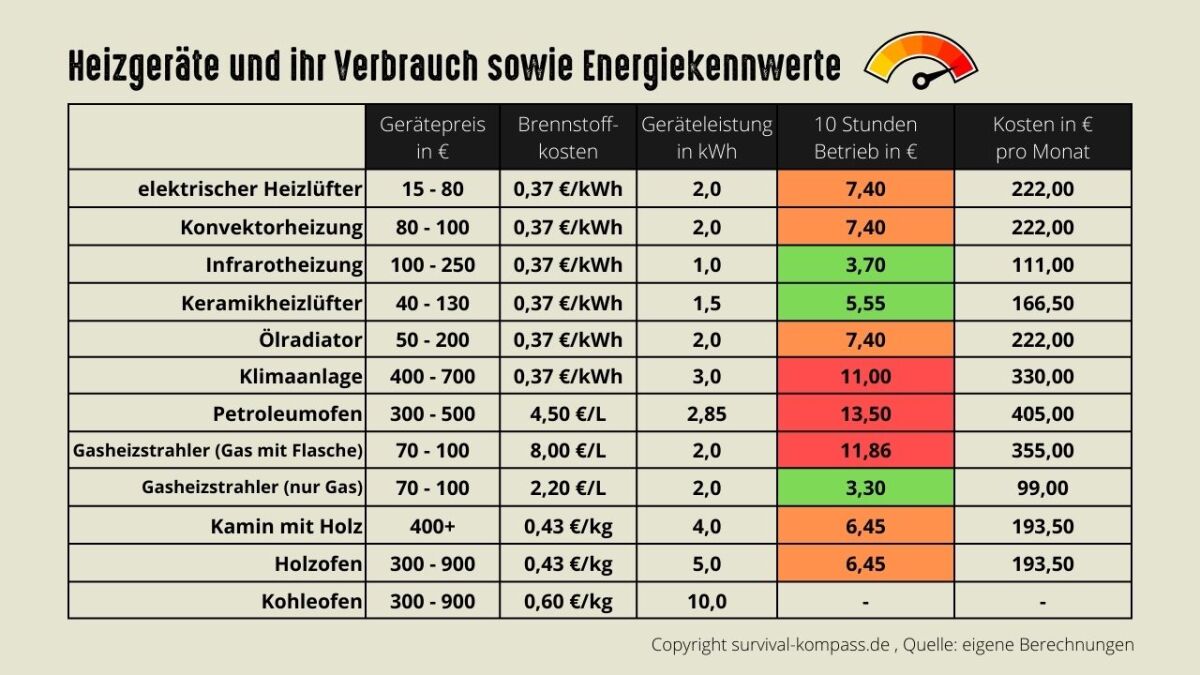
Let's take a closer look at these heating systems with their advantages and disadvantages.
You will notice that there are also some heating devices that require electricity. Here, you should consider carefully what to do in case of a long-term power outage (blackout).
Electric space heaters as emergency heating
Modern electric radiators are powerful and even available in elegant and stylish designs to complement your living aesthetics.
As an alternative to conventional gas or oil heating, electric radiators can usually only heat small rooms, and inexpensive devices are not silent.
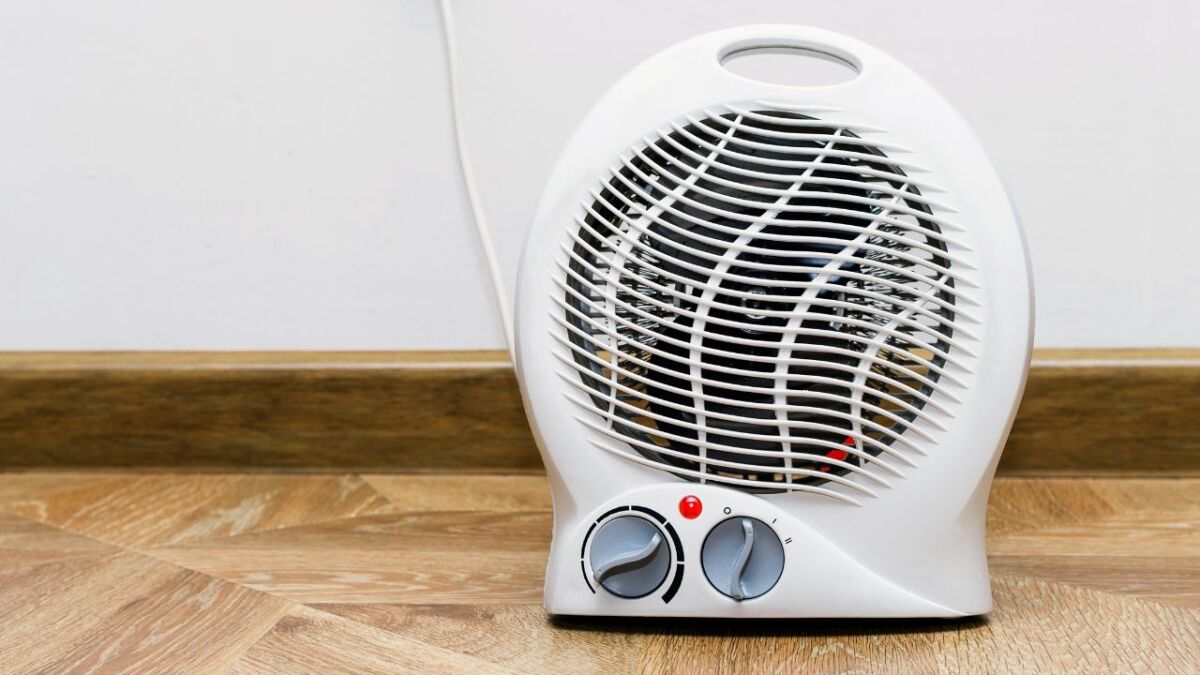
Compared to conventional gas heaters, some electric heaters are highly adaptable, allowing you to program an exact heating schedule without wasting energy in the meantime.
Electric radiators are also quick and easy to install. They are usually placed on the floor or even mounted on the wall.
You can also set them up yourself easily, meaning no time- and cost-intensive booking process for installations is required.
Free-standing or wall-mounted electric radiators can also be installed in conservatories, sheds, and other places where installing a gas heating system can be a cumbersome and expensive process.
The space heater is certainly a cheap and quick option for you and many others to get a warm apartment.
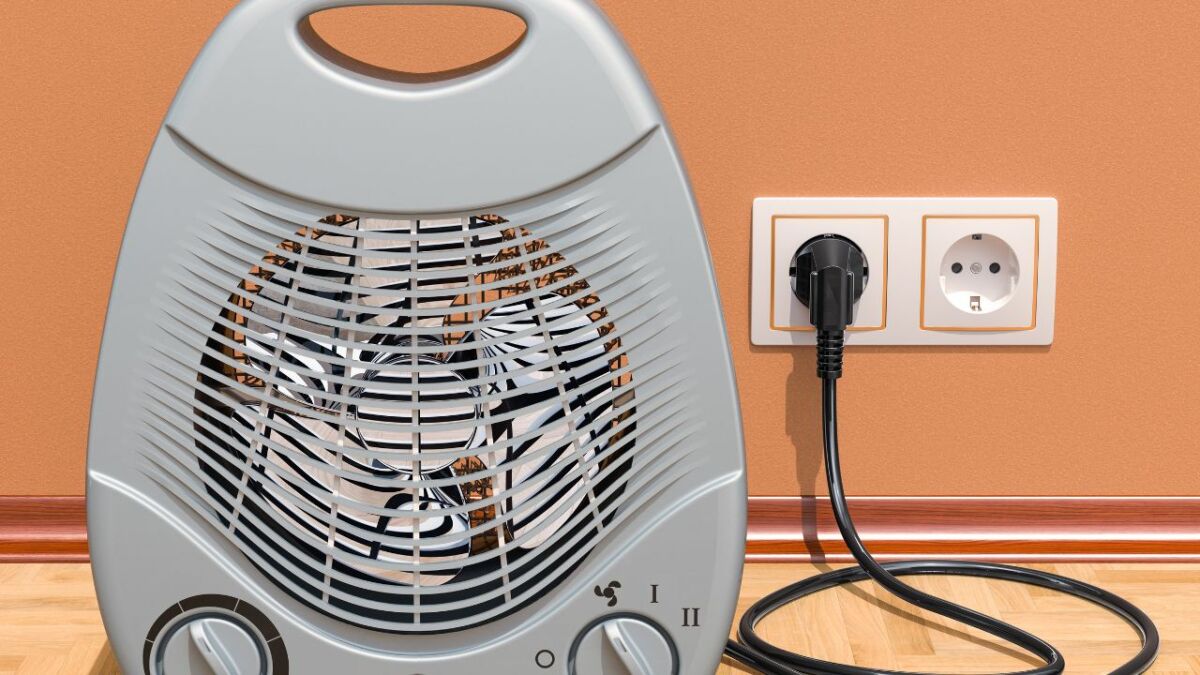
The devices are available in discount stores or on Amazon for as little as €15 (mini fan heaters). Larger devices cost between €50 and €80. The devices are so cheap because there is no complicated technology behind them: wires are heated, a fan blows air through them, and the heat enters the room.
The disadvantage of electric heaters is clearly the power consumption and the fact that you're out of luck in case of a power outage.
Cost calculation: Imagine your space heater has a power of 2000 watts and runs at full load at a cost of 37 cents per kilowatt hour (1000 watts) of electricity. Then 10 hours at full load will cost you 7.40 € ((10 hours * 2000 watts) * 0.37 € = 7.40 €). Extrapolated to a month, the costs for 2000 watts amount to 222.00 €.
My recommendation: For small rooms such as bathrooms, use the Rowenta SO2320 space heater with 2000 watts. If you're looking for a larger device with less power, get the JUNG Alpin convector heater.
Convector heater as emergency heater
A convector heater is a type of heating system that uses a convection process to distribute heat. The heat is distributed in your apartment by the hot air rising and entering the room through ventilation slots.
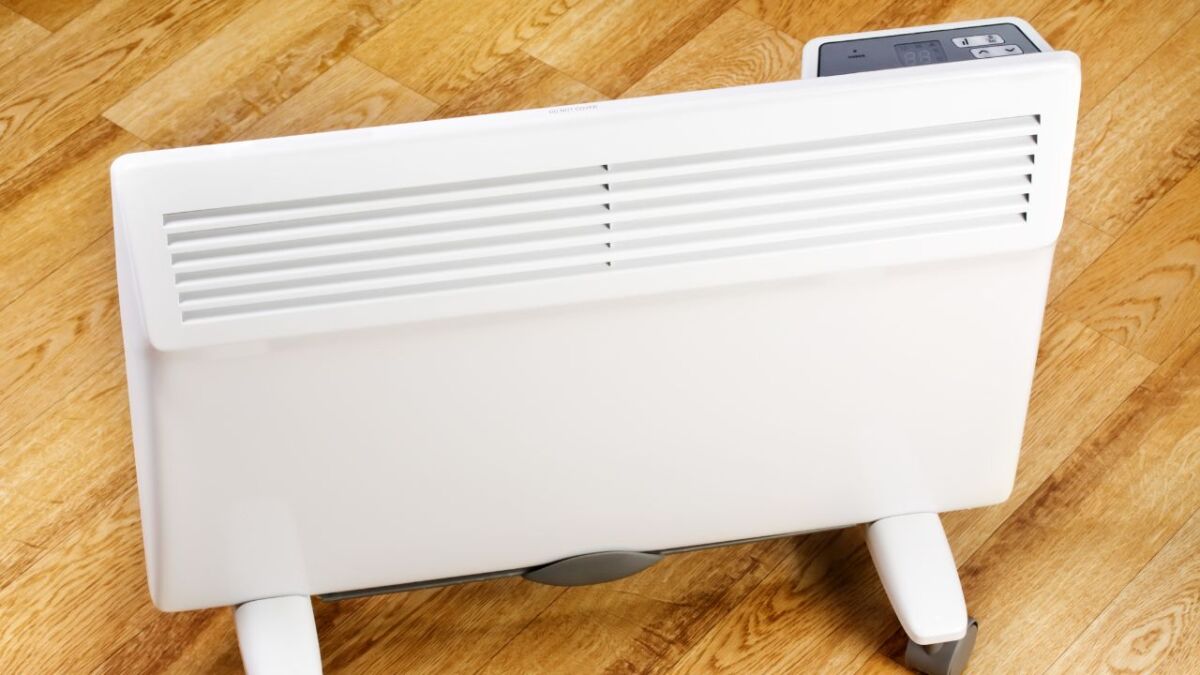
The main advantage of a convector heater is that it distributes heat evenly throughout the room. This means you're less likely to have cold spots in your home.
The heating power can be regulated better with up to 2000 watts than with space heaters and radiant heaters.
The disadvantage of this type of heater is that it doesn't work well in rooms with high ceilings or when many obstacles block the ventilation openings. In addition, the devices take longer to warm up a room.
Also, the convector heater requires electricity and is not suitable for a power outage. Nevertheless, it's a good choice in case of a gas outage and the devices cost no more than 100 €.
Cost calculation: The convector heater is on par with the electric space heater. Extrapolated to a month, the costs for 2000 watts amount to 222.00 €.
My recommendation: You can't go wrong with the Klarstein Baltrum convector heater. The device has 3 heating levels: 800, 1200 and 2000 watts, is designed for up to 40 m², has a thermostat (7-35 °C), a timer, overheating protection and is silent.
Infrared heater as emergency heater
Infrared heaters work by using infrared radiation to emit heat waves that spread through the air and transfer their energy to objects in their path.
Unlike radiant heaters, which heat the air, infrared heaters directly heat objects in the apartment such as masonry, solid objects or bodies in the room.

The advantage: The infrared heater doesn't heat through the detour of air, but directly heats the objects. These objects then store the heat and release it again.
That's why, in case of doubt, the infrared heater is the only real heating replacement in the league of electrical appliances.
Also, because the devices last a long time and don't consume as much power as other electric heating devices.
The waves are invisible to the naked eye and travel at the speed of light. Once these waves reach an object, they are absorbed by it, which is then converted into heat energy.
Furthermore, people often mention that they enjoy an infrared heater because no unpleasant air circulation is created. Therefore, an infrared heater is particularly suitable for asthmatics and allergy sufferers.
Since the devices heat quite efficiently, they also cost more. They start at around 100 € and good devices are available for 250 €.
For operating a 1000 watt infrared heater, you'll pay about 111 € per month if it runs for 10 hours a day at 1000 watts and the kilowatt hour costs 0.37 €.
My recommendation in case of a gas outage: Take the Bringer infrared electric heater (1200 watts) with overheating protection. If you're looking for something smaller, check out the Könighaus infrared heater with 600 watts.
Ceramic space heater as emergency heater
A ceramic space heater is an electric heater that uses a fan to blow air over a heating element.
The special thing about a ceramic space heater is the ceramic inner part, which has a high radiant component of heat transfer and ensures safe operation in the apartment.
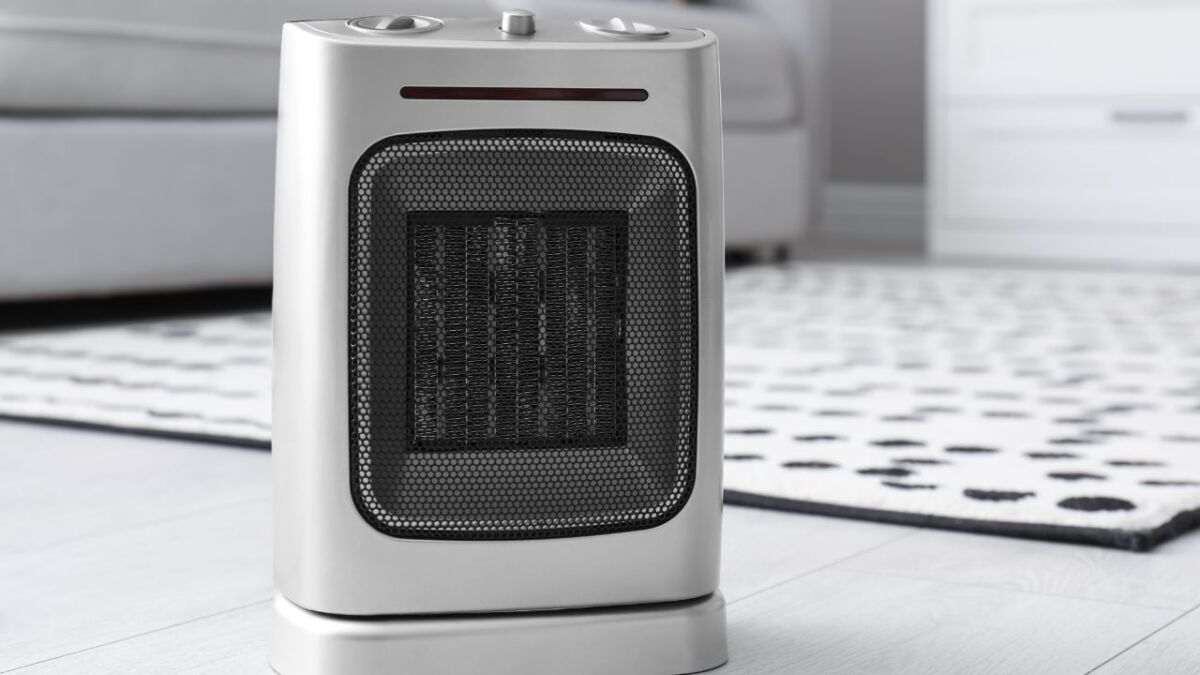
Ceramic space heaters are often used as emergency heat sources, such as in case of a gas outage.
Ceramic space heaters are small, lightweight and easy to use. They can be plugged into any standard outlet and moved from room to room.
Regarding the ceramic interior, a ceramic heater does not have any advantages or disadvantages compared to other heaters.
For consumption, you can expect 1500 watts per device, which will cost you 5.55 € in 10 hours at a cost of 0.37 € per kilowatt-hour. So the monthly cost would be 166.50 €.
My recommendation: Small but powerful, the Brandson Heater with 3000 watts. Additionally, I can recommend Cecotec devices, such as the Ready Warm Ceramic Heater with 2200 watts and the Ready Warm Ceramic Heater with 1500 watts.
Oil Radiator as Emergency Heating
Oil radiators are heating systems that use thermal oil to provide heat. They can be used perfectly in rental apartments in emergency situations such as gas outages or cold snaps.
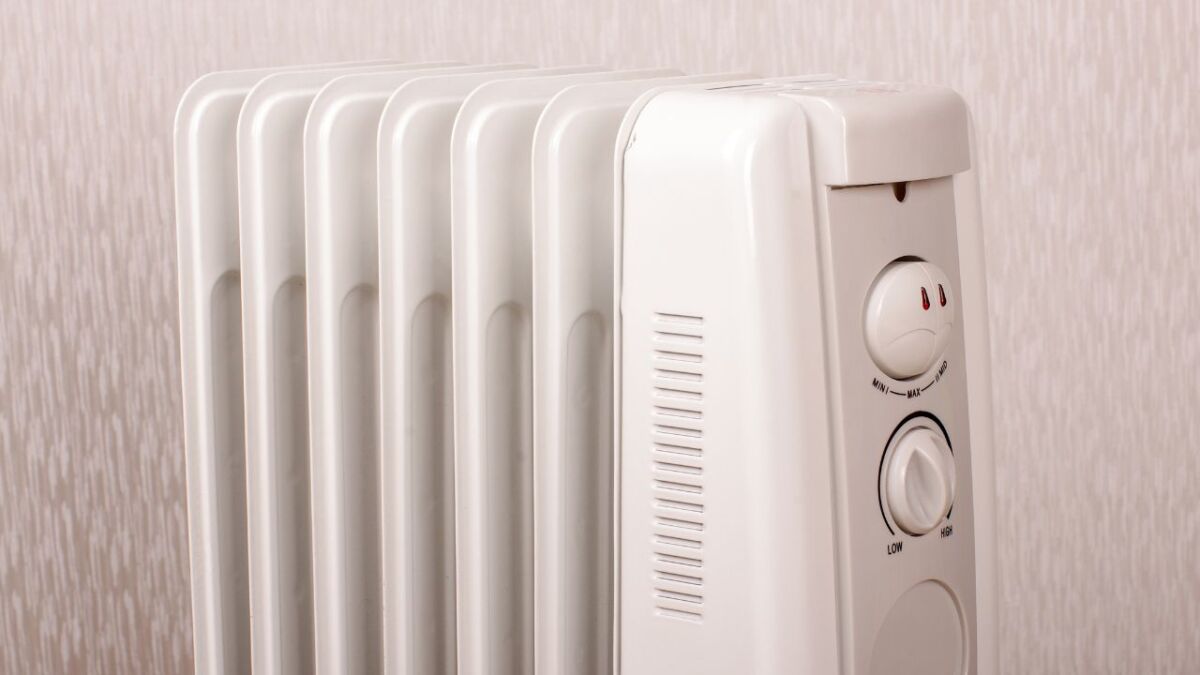
An oil radiator can be used in addition to a fixed heating system or as the sole heating system. The purchase costs are between 50 and 200 €.
The disadvantage, as with the space heater, is that the oil radiator does not work without electricity. However, it heats more safely and larger devices reliably heat larger rooms.
Cost calculation: A 2000-watt oil radiator uses approximately 220 € per month (0.37 € per kilowatt-hour) if it runs for 10 hours a day for 30 days.
My recommendation: For small rooms, use the Tristar Oil Radiator, and for larger rooms, the De'Longhi Radiator with 2000 watts. If the De’Longhie radiator is not available, check out the PELONIS 1500 W Radiator.
Air Conditioner with Heating Function
Nowadays, air conditioners can not only cool efficiently but also heat.
Heating with an air conditioner works in the same way as cooling. Only the cycle works exactly the other way around.
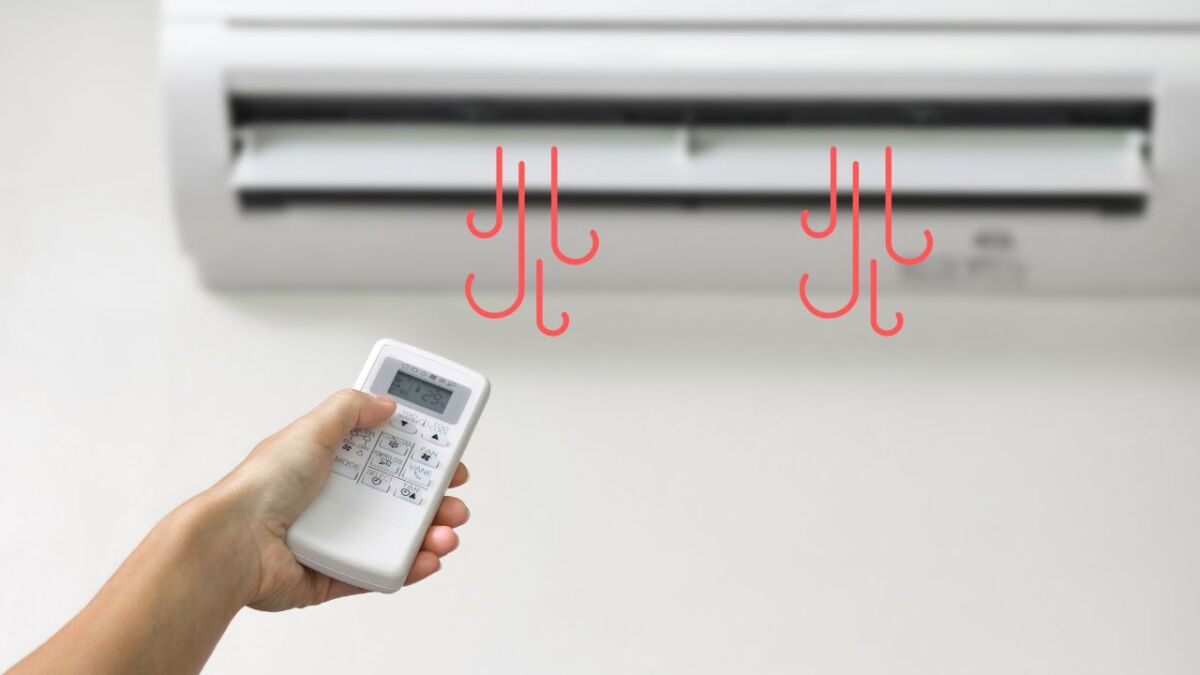
What is particularly nice about these devices is that you can use them all year round, and the air conditioner does not stand idle in the basement when it gets cooler again. In the event of a gas outage, such a device is a good emergency heating option for apartments and houses.
Unfortunately, air conditioners with heating functions are quite expensive to purchase (400 to 700 €). Also, the consumption is quite high because when powerful air conditioners run at full load, they consume 2000 to 3500 watts.
3000 watts per hour cost 1.11 € - so if you run the air conditioner at full load for 10 hours, you have to expect 11 € per day. That's more than 330 € per month.
My recommendation: Check out the SUNTEC Air Conditioner Transform 12,000. This air conditioner is even suitable for rooms up to 60 square meters.
Petroleum Heater as Emergency Heating
A petroleum heater is a heating device that uses petroleum as fuel. It is an alternative to electric and gas heaters. The heater delivers heat in the form of heat waves and has a high efficiency.
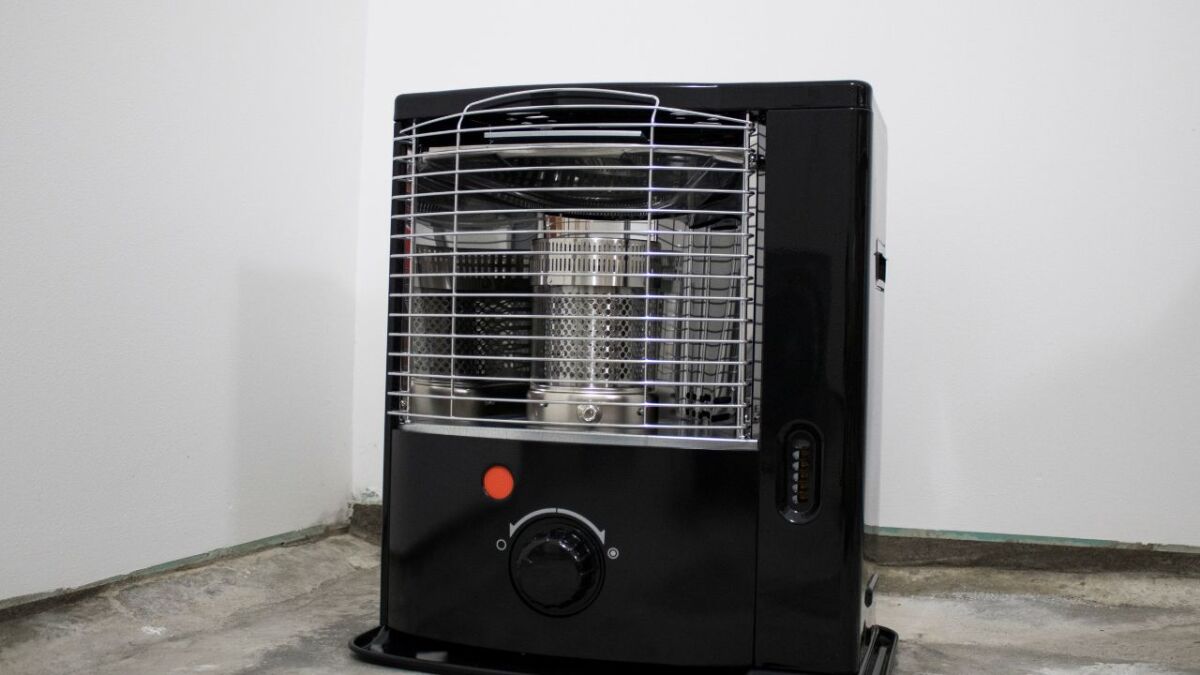
It can sometimes be used for cooking, heating, and boiling water. The fact is that the petroleum heater does not require electricity.
However, the costs of purchasing are higher than with electric heating devices, and you have to plan between 300 and 500 €.
Cost calculation: You have a petroleum heater with 2.85 kW, and the tank holds 5.2 liters and is enough for about 17.5 hours. 20 liters of petroleum cost about 90 €.
If you want to heat for 10 hours, you need about 3 liters of petroleum. These 3 liters of petroleum will cost you 13.50 € per day. This means that a petroleum heater will cost you 405 € per month.
When I compare this with other heating methods, the costs of a petroleum heater are 3 to 4 times higher. Of course, it is good that you do not need electricity, and the fuel costs come with this autonomy.
My recommendation: Buy the Qlima Petroleum Heater with CO₂ Monitor, Model Year 2022. The example consumption has been calculated precisely for this heater.
Gas heaters as emergency heating
It should be clear to you that gas heaters should not be operated indoors without adequate ventilation, as oxygen can quickly become depleted and you can faint.
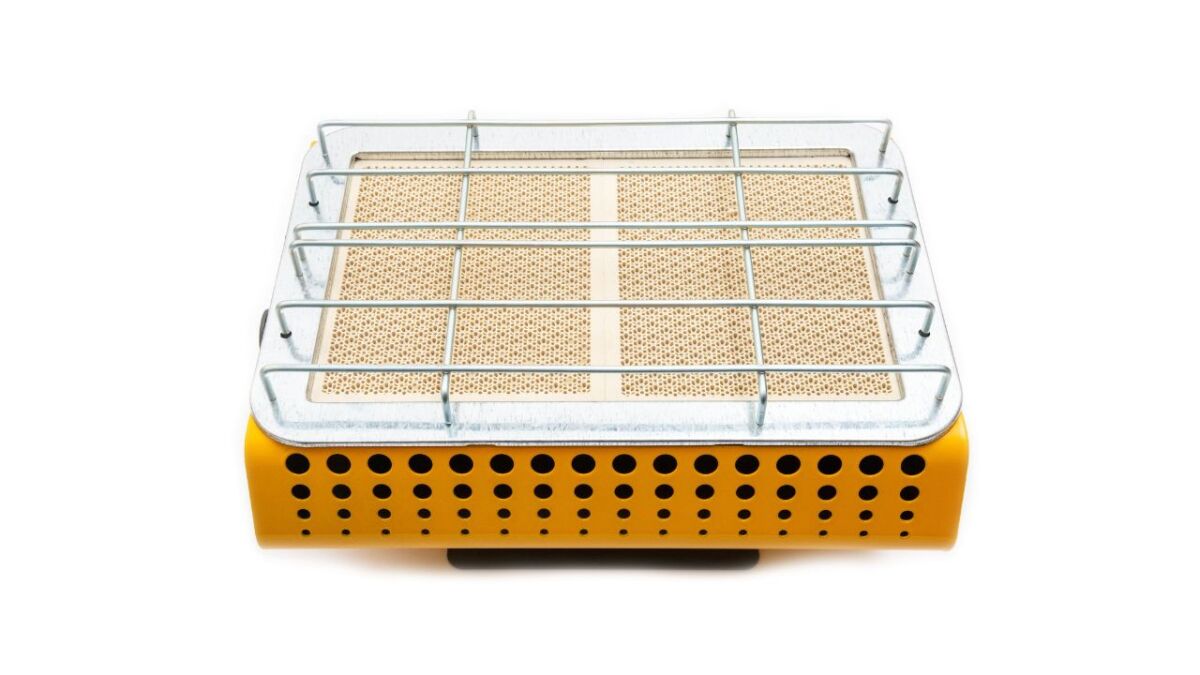
Nevertheless, I would like to include the gas heater as an emergency solution. The devices cost about 70 to 100 €.
Of course, in the event of a gas outage, there will be no gas, so you will also need to stock up on gas for a gas heater. This is available in large bottles, such as 5 kg or 11 kg. My tip: Get a complete set with 5 kg or 11 kg, then the gas will be cheaper (there are also 33 kg bottles).
But beware: gas may seem expensive at first, but only because you have to pay for the empty deposit bottle. This costs around 40 to 45 €. If you have enough gas bottles, a refill of 11 kg of gas costs about 25 €.
Is it worth buying expensive gas bottles?
Let's do the math. The Einhell gas heater consumes 320 grams of gas per hour at full power of 4400 watts. If you heat a room with 4400 watts for 10 hours, you need 3.2 kg of gas.
A new propane gas bottle with 11 kg of gas costs about 90 € (70 € in the hardware store for self-collectors) - with bottle deposit.
That's about 26 € per day. However, 4400 watts is a lot of heating power and 2000 watts are completely sufficient.
At 2000 watts, you use about 145 grams of gas per hour. This means you need 1.45 kg per day for 10 hours of heating. Extrapolated to one day, this will cost you about 11.86 € - or 355 € per month.
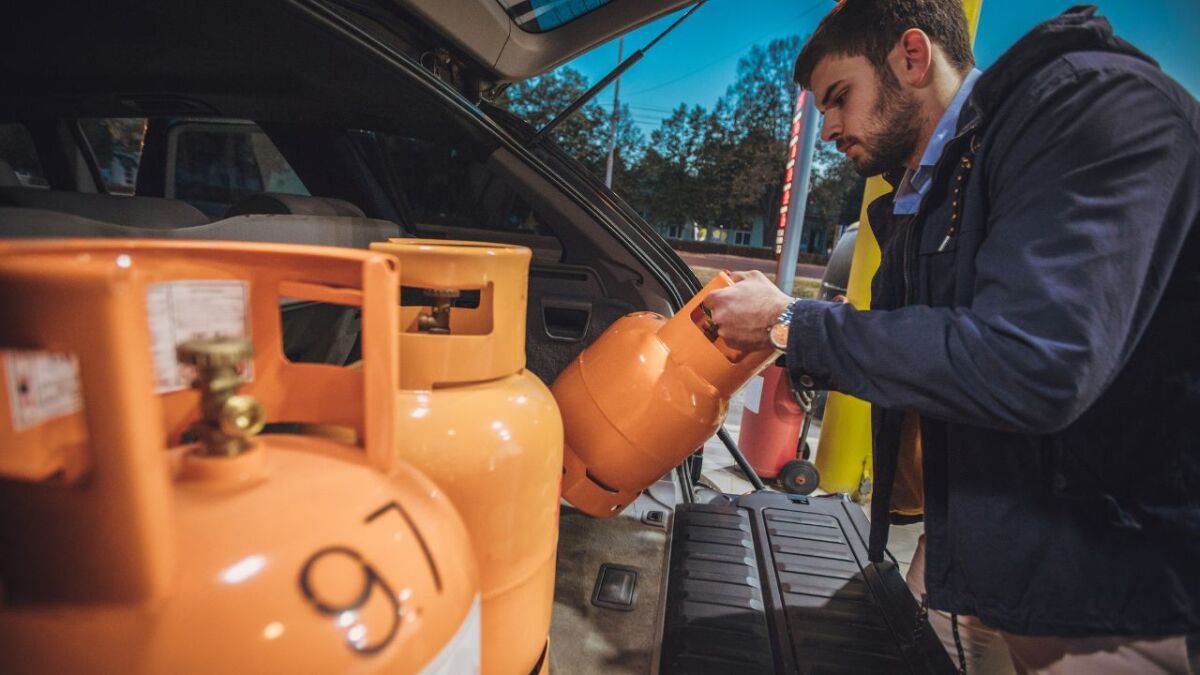
Another calculation without bottle deposit
11 kg of gas cost about 25 € without a bottle - i.e. one refill. At 3.2 kg of gas per 10 hours at 4400 watts, we get 7.27 €. This results in 218 € per month. If you use the gas heater with 2000 watts, it will cost you 99 € per month.
Unfortunately, this calculation looks better than it is - because the fact is that you always have to buy the gas bottle with it.
My recommendation: The Einhell gas heater GS 4400 (2.9 - 4.4 kW) has enough power to keep you warm. The 1.7 kW tent heater is perfect for small rooms.
If you're looking for a gas heater with a blower, check out Trotec's devices, such as the TROTEC gas blower heater 30 kW. But be careful, these devices require a power connection for the fan. However, the fan can heat a small room completely in 10 minutes. The disadvantage is that at full power, such a device consumes 2.18 kg of gas per hour!
A fireplace as emergency heating
A fireplace is a source of warmth that can be used to heat your home in an emergency. During a power outage, it can be an essential source of heat and light.
The great thing about a fireplace is that you don't need electricity, so you're self-sufficient from electricity and gas. But you do need to take care of the firewood.
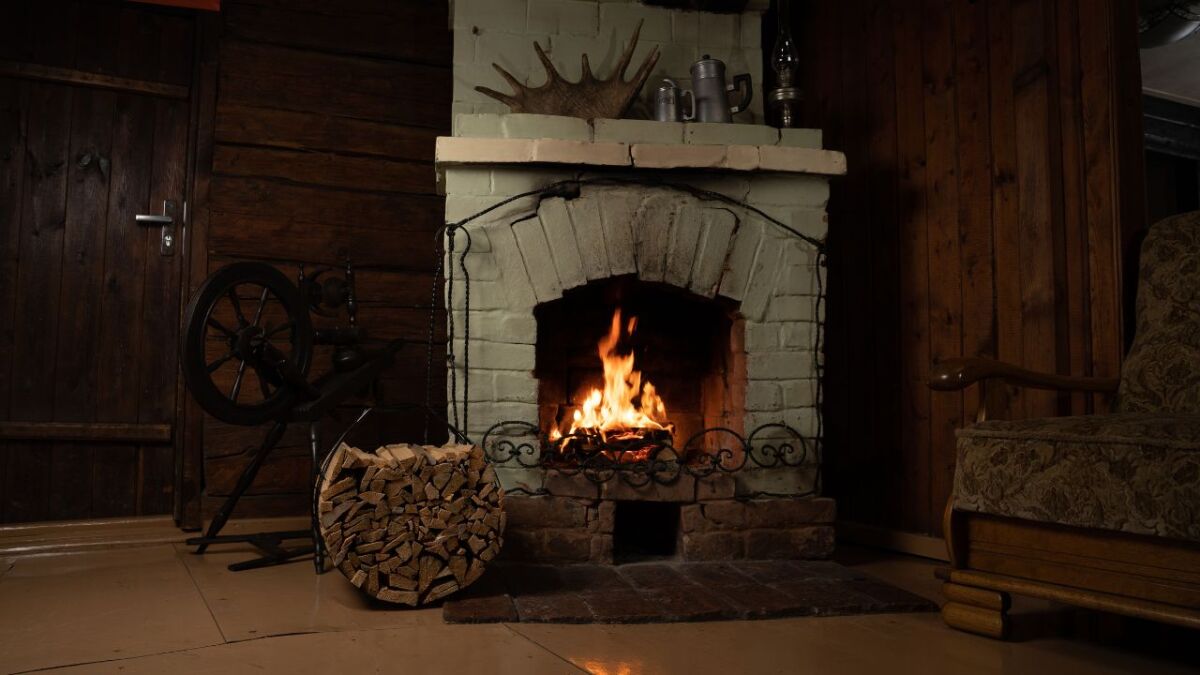
If you're lucky enough to have a fireplace in your house or apartment, then you only need to worry about the fuel in case of an outage of your oil or gas heating system.
Unfortunately, I cannot give you a recommendation for buying a fireplace, as it requires a chimney and must be installed by a professional. Expect costs in the four-digit range. Fireplaces can be found online for as little as €400.
Please note that every fireplace must be approved by the responsible chimney sweep. Depending on the region, this can cost you between €40 and €160.
The calculation for operating a fireplace can be difficult, as it depends on a number of variables, including the type of wood used and your heating behavior.
One cubic meter of beech wood produces 2100 kilowatt hours of heat, while one cubic meter of spruce produces only 1600 and one cubic meter of willow only 1300.
Let's do an example calculation: One cubic meter of beech wood currently costs €215 (unfortunately, the price of wood has risen sharply) and weighs approximately 500 kg with a residual moisture content of about 15-18%. Therefore, one kilogram of beech wood costs €0.43.
If you heat your fireplace for 10 hours and need about 1.5 kg of wood per hour, you will need 15 kg of wood per day. These 15 kg of wood will cost you €6.45 per day. Extrapolated to 30 days, you will spend €193.50.
That may sound like a lot, but keep in mind that a fireplace has a much higher device performance. Many fireplaces have 4000 to 5000 watts.
Attention: There are often fake shops on the internet that lure you with cheap wood offers.
A coal or wood stove as emergency heating
A coal or wood stove is an emergency heating solution for households that do not have access to electricity or gas. The stove is made of metal and has a chimney so that the smoke can escape.
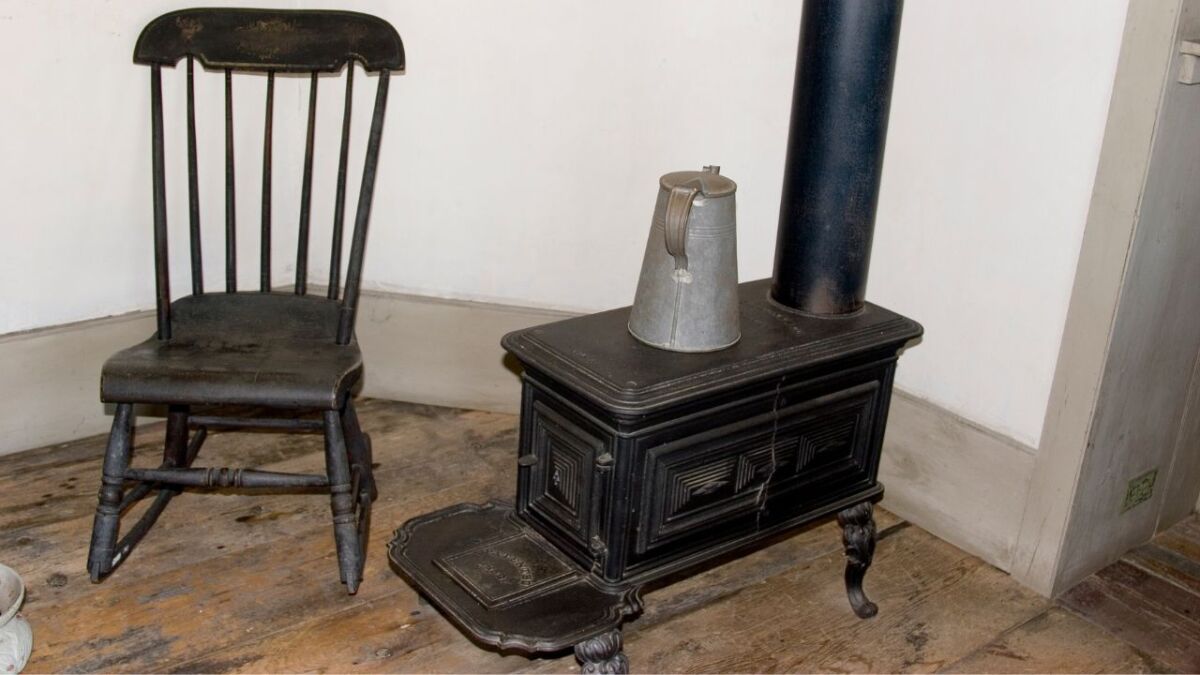
In the past, most households were equipped with such stoves, and if you're lucky, you still have one in your house. The stove has been used for centuries to heat rooms in winter and to cook on.
The advantage is that the stove works without electricity, but you have to store the fuel, coal or wood. Expect to pay between €300 and €900 for the stove. In addition, a professional must install the exhaust pipe (which also incurs costs).
What does it cost to operate? Here, you use the same calculation as with the fireplace. Heating for one month with dry beech wood will cost you about €200.
If you can switch to lignite coal briquettes, that's ideal, because lignite coal works as a continuous operation and has better calorific value than wood. A 25 kg bundle costs between €5 and €15.
The heating value of 25 kg of fireplace briquettes is approximately (source):
- 33 kg mixed firewood
- 28 kg wood pellets
- 27 kg wood briquettes
- 15 cubic meters of natural gas
- 13 liters of heating oil (HEL)
- 10 liters of liquefied petroleum gas
My recommendation: An affordable model is this workshop stove / garage stove, which however cannot be used for cooking. Ideal is the Nordica Super Junior wood stove, which can heat large rooms and has a power of 5 kW. If you are still looking for a stove with hotplate and higher power, then check out the 10 kW wood stove for solid fuels.
A tent stove as emergency heating
I know it sounds a bit strange, but a tent stove can also be installed in an emergency during a gas crisis in your apartment. Of course, this requires good ventilation and that the exhaust gases are vented outside - just like with a coal or wood stove.
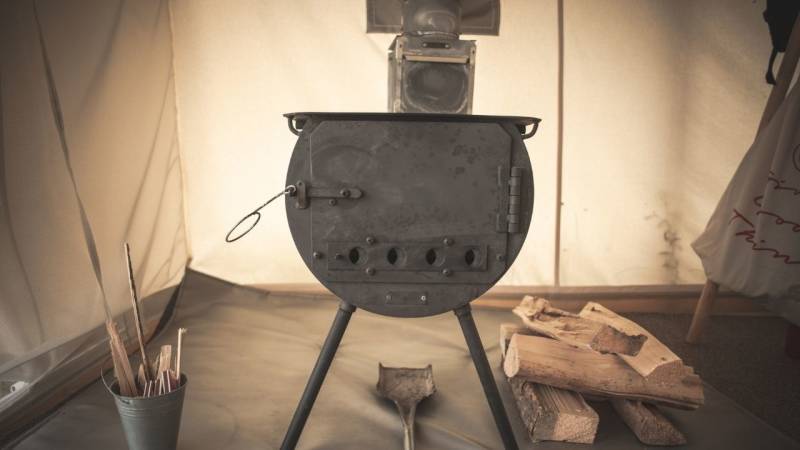
I imagine that I install a fireproof base in front of my window or balcony and then place the tent stove on it. Then I heat it with wood from surrounding forests or parks.
However, this is only a temporary solution, but it can certainly keep rooms warm during a gas outage and gas crisis. After all, good tent stoves can heat large tents to 20 degrees when it is -20 degrees outside.
Unfortunately, I cannot provide any information about the consumption, as most stoves do not provide information about it. However, if you want to buy a decent tent stove, you have to invest about 200 €.
My recommendation: The CampFeuer tent stove can not only be used for heating, but also for cooking. The Winnerwell Nomad Medium tent stove is a bit more expensive, but it is ideal for heating and cooking in small spaces such as tents, tipis, yurts, cabins, small houses.
Camping stove as emergency heating
Camping stoves are a great way to cook outdoors, but can they also be used for heating indoors?
Many people ask themselves this question when looking for a small emergency heating solution, such as during a gas crisis. The answer is yes, you can use a camping stove as an emergency heat source.
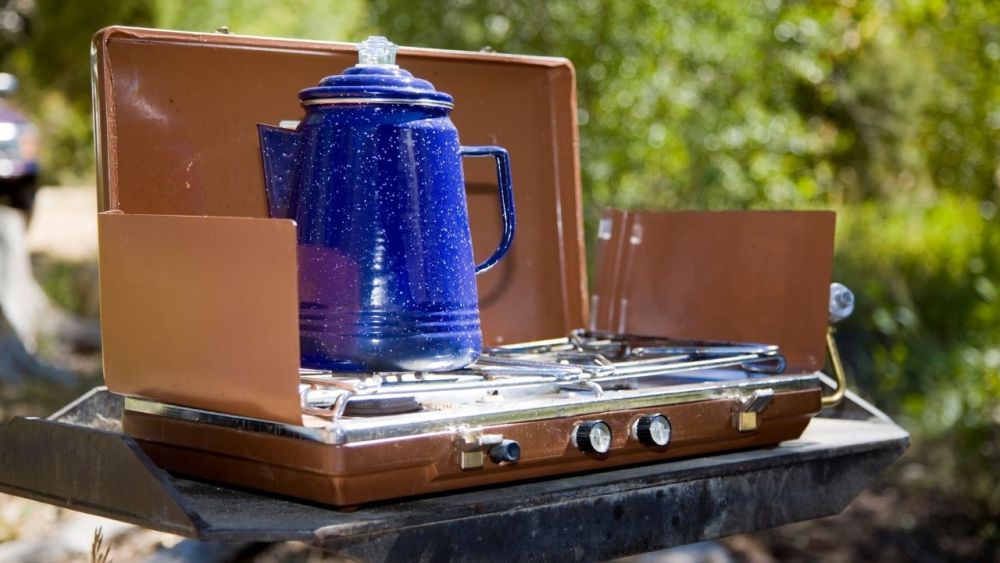
However, there are a few things you should know before trying to heat your home with it. That's why I have dedicated a whole guide to the topic of "Can camping stoves also be used indoors?".
You should be aware that the camping gas stove only provides warmth for a short time. You won't be able to heat a small room with it.
So here's what you can do: heat water and pour the hot water into a bottle. Then put it in your sleeping bag (here's my top list). The hot water bottle will provide you with cozy warmth for a few hours.
Cheap gas stoves start at 10 € and you can get expensive high-quality models for 40 €. Unfortunately, no statement can be made about gas consumption here, as these devices cannot be used for continuous heating.
My recommendation: You can use a slightly larger camping stove, such as the gas stove with case including 16 gas cartridges or a smaller one, such as the Campingaz 206 S camping stove.
Self-heating heat pads
The alternative is self-heating heat pads.
These small pads are filled with safe materials such as activated charcoal and iron powder. They heat up through oxidation.
Available in different sizes and functions, these heat pads are a versatile choice for any activity. Available as back or foot warmers or as part of a sleeping bag, they are inconspicuous but keep you warm for a few hours.
My recommendation: Use reusable pocket warmers or one-time use pocket warmers.
Heating pads for warming up
You can use a heating pad (also known as a warming blanket) as an alternative heating source, but they do not provide the same warmth as conventional heating methods, such as using a heater, fireplace, or stove.
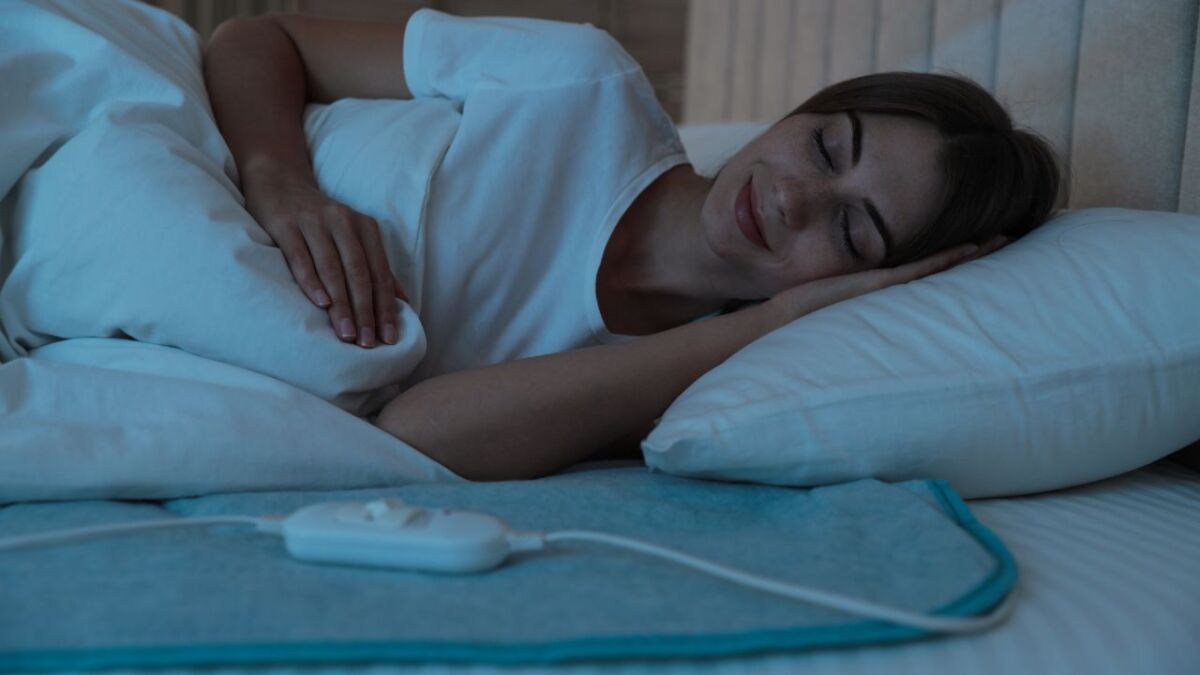
The best way to heat up is with a heating pad, by using it under another cover such as a quilt or a bedsheet. The insulation traps the heat and keeps it close to you for hours.
The disadvantage is that heating pads require electricity to heat up. You can never warm up an entire room with heating pads.
My recommendation: The electric heating pad from Bedsure heats up quickly, is portable, and the automatic shut-off ensures long-lasting enjoyment.
Can I heat my apartment with candles?
To heat up a small room, you need more than 20 candles. According to research, the heating power of a candle is 80 W. Therefore, 20 candles are approximately equivalent to a 1600 W radiant heater. A candle heat source with 1600 W could thus be able to heat up a small room.
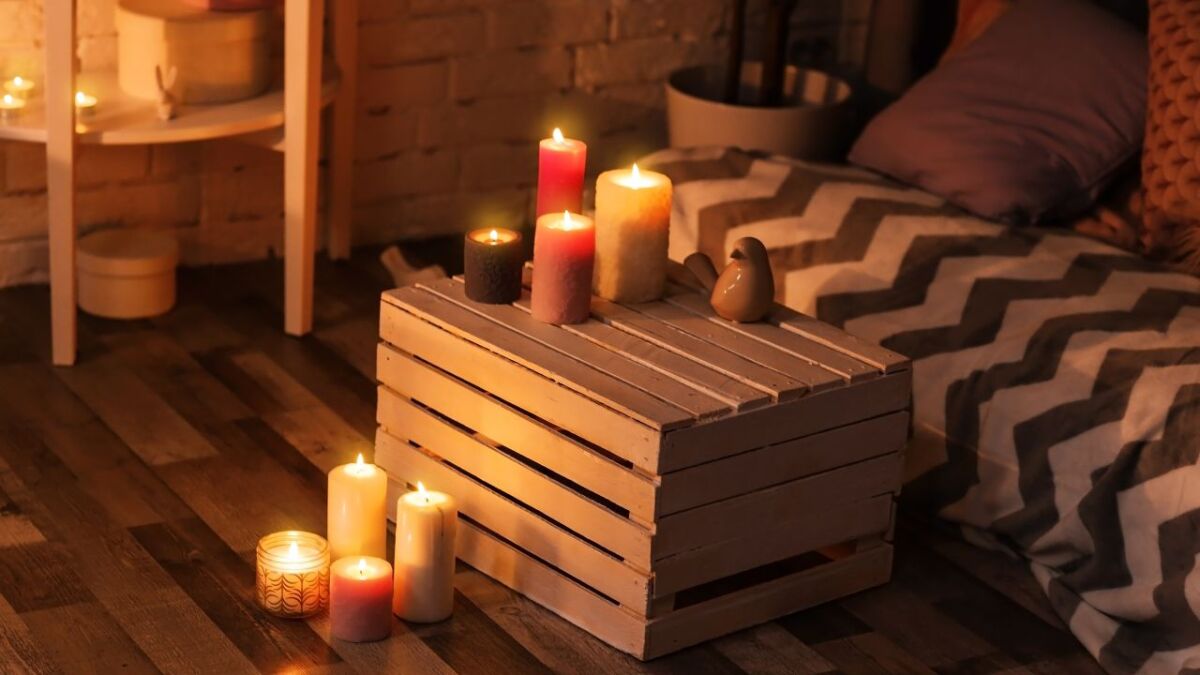
Is heating with candles useful?
A single candle doesn't change much. Placing three or four on your desk doesn't do much.
To get the equivalent heating power of just one room heating device, you'd have to light 20 candles. That already sounds dangerous to me.
Depending on the size of the candles, they have a limited burning time. Small tea lights burn for 3-4 hours, while standard-sized table candles burn for 7-9 hours.
This means your heating time is limited. And after a few hours, the candles go out and you have to replace them.
That sounds anything but practical.
Here's the recipe:
- Light 20 candles.
- Heat up for 4 hours.
- Repeat.
To heat up a single room for 24 hours, you need 120 tea lights!
And if you want to heat up an entire house or cabin, say, with 3 rooms, you need 360 candles.
Now think about how much that would cost you. Plus, you have to constantly light and replace candles.
In an absolute emergency, cost doesn't matter. But you will consume a lot of candles. It's easier to just wear a few extra layers of clothing.
Conclusion: Heating with candles is not a practical idea. For emergencies, I recommend heating with a regular propane heater. It's just much more effective. You don't have to replace the propane tank constantly (it lasts a long time!) and it's cheaper than buying candles over and over again.
Can I heat my apartment with a tea light stove?
Heating with candles is pointless. Or rather, it's possible, but it's completely impractical and expensive.
Nevertheless, there are hundreds of online tutorials on how to build a DIY tea light stove that is both energy-efficient and doesn't require many candles.
Here's the basic setup.
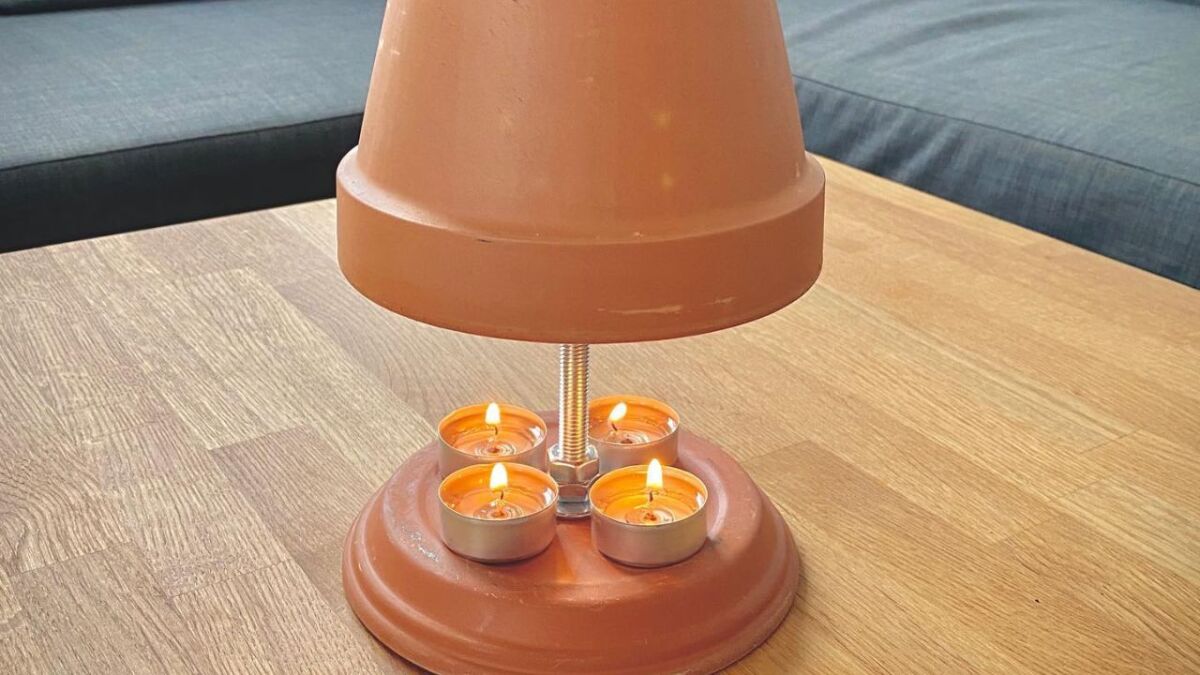
Basically, it works like this: Candles are placed under a raised, upside-down flower pot. The heat of the candles rises through the hole in the flower pot and creates a draft at the bottom of the heater.
This increases the burning speed of the candles somewhat, while constantly depriving your room of fresh oxygen.
The flower pot also serves as a heat storage, similar to the metal body of a heater. It gets hot and even gives off the heat.
But it doesn't work as well as you think. Here's why:
You only get out what you put in.
The candles placed under the flower pot can generate slightly more heat due to the airflow.
However, they also burn out faster. A candle cannot generate "free heat". So you have to change the candles more often because they have burned out.
And overall, you would end up using just as many candles as without the flower pot method.
Unfortunately, it's just a fancy idea. The hot flower pot gives the illusion that you are generating more heat than with simple candles. But that's not the case.
Warnings about charcoal grills
Please do not use a charcoal grill or other grilling equipment in enclosed spaces. This type of heating is much too dangerous due to the exposed charcoal and sparks.
If you operate the grill outside, such as on your balcony, ensure adequate ventilation and completely extinguish the grill before storing it. Do not dispose of the charcoal or other leftovers in drains or sewage channels.
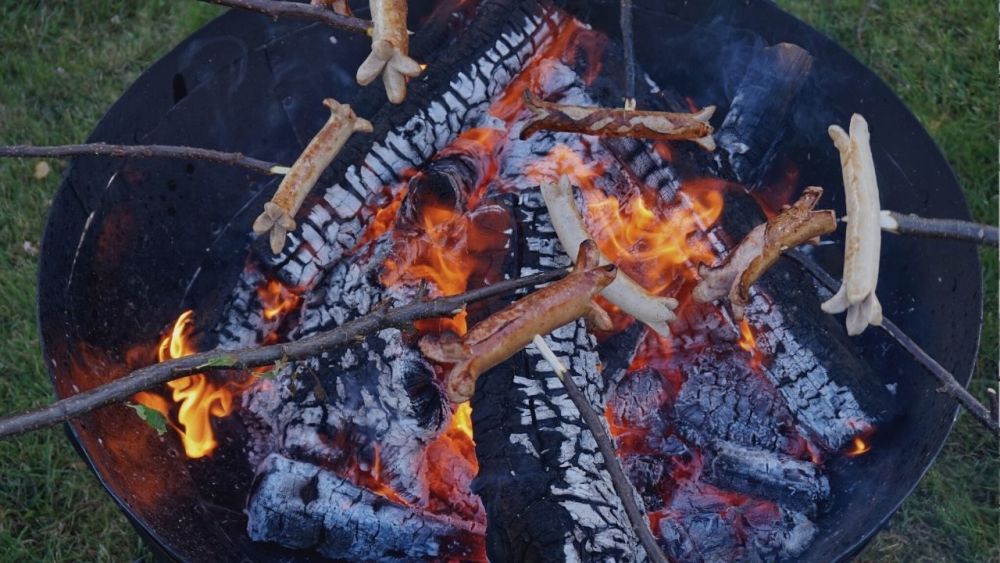
Which device should I buy now?
Maybe there's an energy crisis and you want to make the decision today about which alternative heating device you want to use.
First, consider whether you want an emergency heater that consumes electricity. I assume that we are not expecting any major blackouts in Germany - nevertheless, it is an important point that you should consider.
The price of electricity has not decreased in recent years either, so you need to think carefully about whether you can afford the additional costs.
If you decide on an emergency heater with electricity, then I recommend an infrared heater due to its low power consumption. Yes, it is slightly more expensive to purchase than some other electric heating devices, but you should not underestimate the consumption of the other heating devices.
As a rule of thumb, you need around one hundred watts of power per square meter of living space to get the room warm.
If you have a long-term interest in an autonomous heating system to survive gas crises, then I recommend looking for a fixed installation oven. Ideally, this can be heated with wood, wood briquettes, and coal.
The advantage is that there are ovens on which you can still cook. It's no coincidence that our grandparents and great-grandparents all had an oven in their apartment.

An important word on safety
One of the biggest challenges when heating our homes is doing so safely.
Most methods of generating heat without electricity involve fire in one way or another.
While fire can easily spread, if we use a device it should be designed to contain the fire.
As long as we don't let the fire get too big or allow combustible materials to get too close, we should be able to contain the fire without major problems.
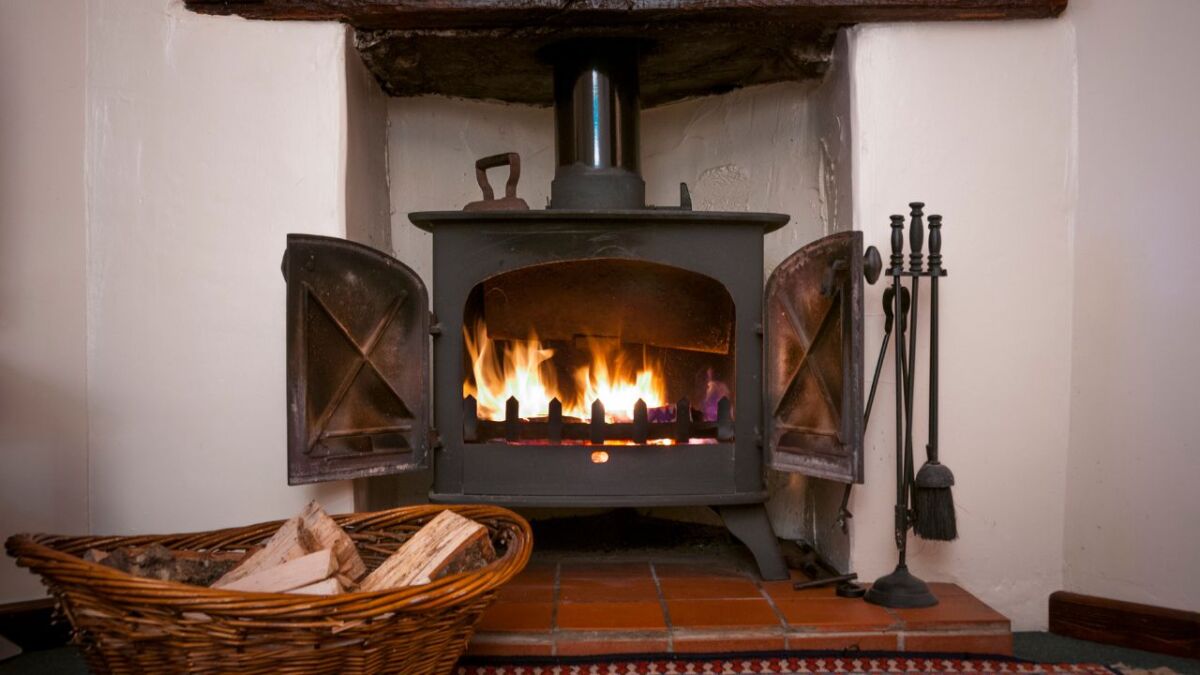
Remember that you may need to rearrange your home to allow for adequate space between your heater and your furniture.
No furniture should be within a meter of a fire. This may not seem like much, but in a crowded room it can be difficult to achieve.
Additionally, a wood stove needs to be a meter away from the wall, so it takes up a lot of space.
Carbon monoxide is more dangerous than fire
While the spread of fire is a big risk, it is not nearly as great as the risk posed by carbon monoxide produced by the fire.
Most people who die in a house fire die from carbon monoxide poisoning, not burns.
Carbon monoxide is dangerous because it replaces the oxygen in the bloodstream and deprives the body's organs of the oxygen they need to survive.
Since carbon monoxide is odorless, tasteless, and colorless, it is nearly impossible for us to detect it without a carbon monoxide detector.
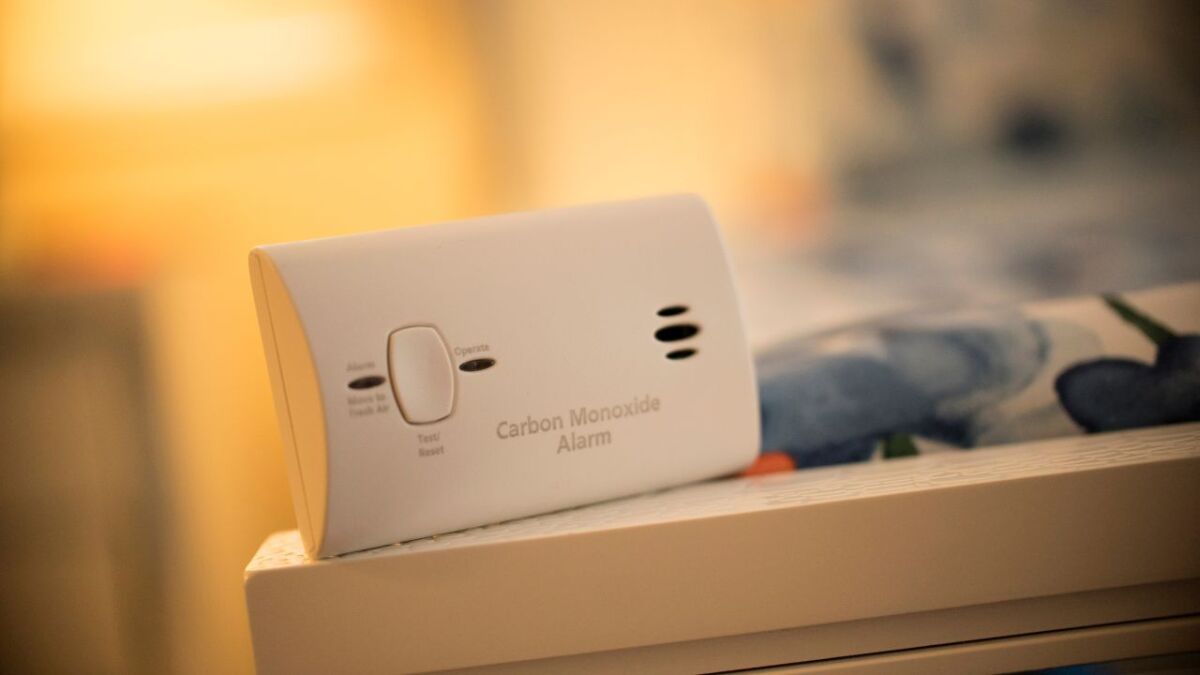
Since every combustion produces carbon monoxide, any method of generating heat through combustion requires adequate ventilation.
A gas water heater, in particular, requires ventilation to the outside so that carbon monoxide can be removed from the house. The same is true for a gas stove. Fireplaces and wood stoves are naturally vented through the chimney attached to them.
The biggest problem occurs when people bring their grill into the house and try to use it for heating.
With closed doors and windows, carbon monoxide cannot escape. At the same time, there is no way to replenish the oxygen supply consumed during the burning process.
Proper ventilation is necessary for these types of heat sources to be used safely.
Theoretically, it would be possible to use any of the heating methods presented with fire to heat indoor spaces if the rooms were properly ventilated, both for the carbon monoxide that escapes and for the introduction of fresh oxygen.
Even then, it would be absolutely necessary to have a functioning carbon monoxide detector in the room just to ensure that things remain safe.
Get the most out of your heat
What you use as a heat source is not the only problem. How you use that heat is just as important.
Only a few of the methods I mentioned above will heat an entire house. In the past, when people heated their entire house with wood, most people had one-room houses with an attic where children could sleep.
Every time another room was added to the house, people had to either add another heat source or install modern forced-air heating systems.
Some of the heating methods I mentioned can actually work quite well for this – like propane heaters and kerosene heaters.
Both heaters come in models that are small enough and efficient enough to be placed in any room.
But overall, heating your house with these alternative heating methods, especially in an emergency situation, requires some lifestyle changes.
Creating Warm Rooms in an Emergency
The first thing is to set up what's called a warm room and basically keep the family there most of the time.
This is usually the living room or family room, depending on where the heat source is installed.

Whichever wood stove, fireplace, or heater is in this room should be purchased large enough to heat the entire room.
But don't try to buy one that's large enough to heat the entire house, as the heat won't naturally transfer to those other rooms.
Once the warm room is set up, lock it off from the rest of the house.
In most cases, this means closing doors or even hanging extra blankets over the door.
While this is an imperfect solution, it will capture most of the heat in that room.
Anyone going into other parts of the house must accept that they are entering unheated areas and dress accordingly.
Soapstone helps keep you warm
There are actually a few great ways that our ancestors used to at least temporarily direct heat from this warm room into other areas.
One was to use a soapstone. Soapstone is a very soft but non-porous stone. Its massive nature holds heat and radiates it twice as well as steel or iron.
A soapstone can be placed in the coals of the fire to absorb heat, then removed with tongs and placed in a sling to carry it to another location.
In colonial and pioneer times, people would take a heated soapstone with them in their wagons and place it under the seat. A blanket over the driver's knees helped to retain this heat and keep their legs warm.
When more people were riding than could fit on the seat, others sat behind the seat, on the wagon bed, with their back to the seat, where they could also benefit from the heat in the soapstone.
Bed Warmers: Like Grandma and Grandpa's
Another useful invention of this time was the bed warmer. This was a pan with a hinged lid and a long handle.
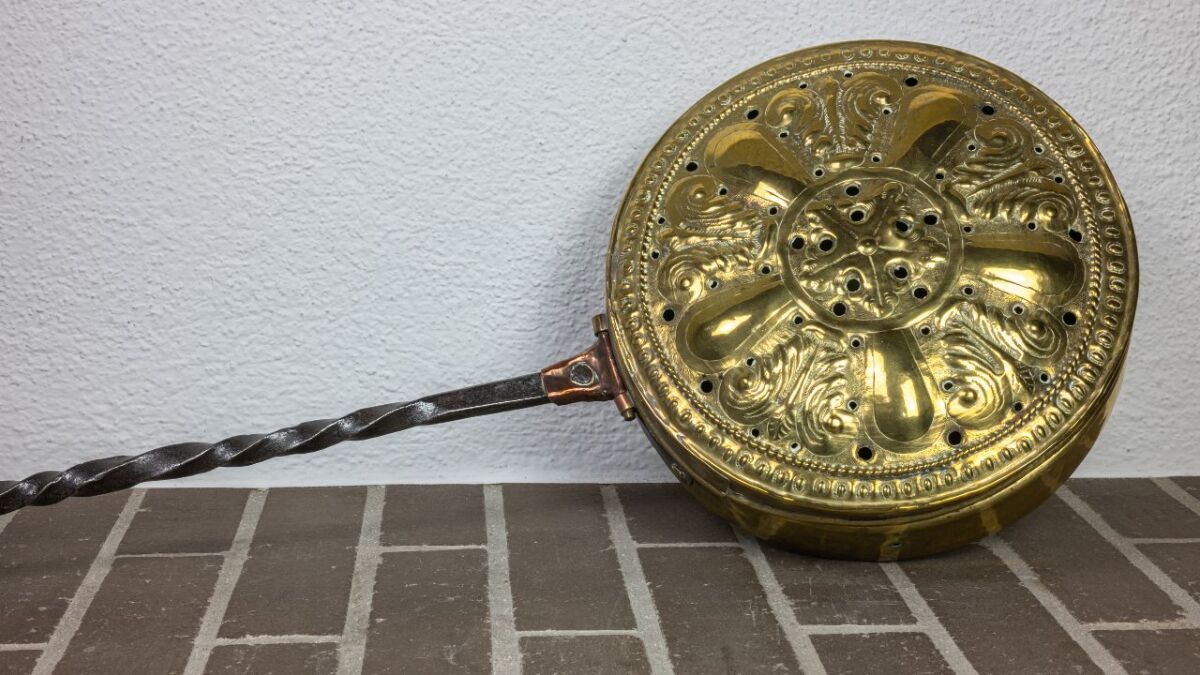
Most people think that coals from the fire were put in the pan, but instead, stones were used, which were heated in the coals. If coals were used, there would be soot on the pans.
If you place a bed warmer between the sheets and move it around just before going to bed, the bed will be warmed up.
Then, once people are in bed, the shared body heat that has been retained by the mattress and many blankets will continue to keep you and your loved ones warm.
Dress in layers
This brings us to another important point about staying warm.
We are so accustomed to our modern heating systems that most people don't even bother to dress for cold weather unless they plan to be outdoors for an extended period of time.
We might put on a jacket at most to keep warm while walking to and from the car.
In other countries, especially in less developed countries, they still do what our ancestors did; they dress in layers during the winter and make sure to retain as much of their body heat as possible.
This reduces the need for as much heating while still ensuring that people remain comfortable.
Summary of alternative heating sources
Alternative heating sources prove useful in helping you stay warm and cozy during a gas outage, gas crisis, or emergency situation.
When preparing for a power outage, look for options that you can use temporarily and won't break the bank.
If you want to become more self-sufficient in general, consider getting your own wood stove.
Also, remember to insulate your home or apartment and follow all safety precautions when heating your home with an open flame.

Sources for the guide
https://www.spiegel.de/wirtschaft/service/drohender-gasmangel-wie-sie-sich-auf-den-winter-vorbereiten-a-54e3fec4-01c9-4a9f-b065-92d7e75ad1ae
https://www.welt.de/wirtschaft/plus239931551/Heizluefter-Oelradiator-Infrarot-So-viel-kosten-die-Heiz-Alternativen-im-Betrieb.html
https://www.ofen.de/wissenscenter/infothek/brennstoffe/heizen-mit-dauerbrand-und-mit-braunkohle
https://www.brikett-rekord.com/de/heizwertvergleich-rekord-briketts.html
https://www.obi.de/magazin/wohnen/heizen-mit-kamin
https://theprepared.com/blog/can-a-flower-pot-and-tealight-candle-create-enough-heat-to-save-you-in-a-cold-emergency/

Author of the guide
Martin Gebhardt
Hey, I'm Martin. On my blog, you will learn the basics and numerous details about living in the wild. I think survival, bushcraft and the good life in nature are the keys to happiness. Find me here on Instagram or on YouTube. You can find more about my mission on the About Me page.
Was this guide helpful?
39 people found this guide helpful.
5.00 out of 5 points (39 Ratings)
Comments (0)
This post may contain affiliate links. So if you click on the links and make a purchase, I will receive a small commission at no additional cost to you. Click here, to learn more about it.



